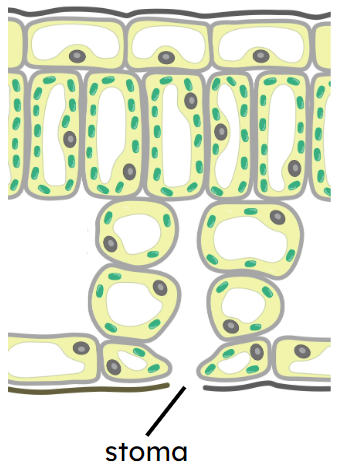Photosynthesis: an endothermic process that takes place in chloroplasts
I can describe photosynthesis as an endothermic chemical process, the role of light, and how leaves are adapted for photosynthesis.
Photosynthesis: an endothermic process that takes place in chloroplasts
I can describe photosynthesis as an endothermic chemical process, the role of light, and how leaves are adapted for photosynthesis.
These resources will be removed by end of Summer Term 2025.
Lesson details
Key learning points
- Word and balanced symbol equations to summarise the chemical reactants and products of photosynthesis.
- Photosynthesis is an endothermic chemical process that requires energy from a light source such as the Sun.
- Light is not a chemical reactant, but transfers energy to chlorophyll to enable photosynthesis to take place.
- Photosynthesis occurs in chloroplasts in cells in green parts of plants, which contain chlorophyll to absorb light.
- Chloroplasts and stomata are adaptations of leaves for photosynthesis and gas exchange.
Keywords
Endothermic - a chemical process that requires energy transferred from its surroundings
Adaptation - a feature that helps an organism to function and survive
Chloroplast - subcellular structure in which photosynthesis takes place
Chlorophyll - green pigment in chloroplasts, to which energy is transferred by light
Stomata - pores (holes) in the surface of a leaf, through which water, oxygen and carbon dioxide can diffuse
Common misconception
It is a common misconception to think that light (or energy) is a substance and a chemical reactant in photosynthesis that is converted into glucose.
The role of light in transferring energy to chlorophyll for photosynthesis is explored.
To help you plan your year 10 biology lesson on: Photosynthesis: an endothermic process that takes place in chloroplasts, download all teaching resources for free and adapt to suit your pupils' needs...
To help you plan your year 10 biology lesson on: Photosynthesis: an endothermic process that takes place in chloroplasts, download all teaching resources for free and adapt to suit your pupils' needs.
The starter quiz will activate and check your pupils' prior knowledge, with versions available both with and without answers in PDF format.
We use learning cycles to break down learning into key concepts or ideas linked to the learning outcome. Each learning cycle features explanations with checks for understanding and practice tasks with feedback. All of this is found in our slide decks, ready for you to download and edit. The practice tasks are also available as printable worksheets and some lessons have additional materials with extra material you might need for teaching the lesson.
The assessment exit quiz will test your pupils' understanding of the key learning points.
Our video is a tool for planning, showing how other teachers might teach the lesson, offering helpful tips, modelled explanations and inspiration for your own delivery in the classroom. Plus, you can set it as homework or revision for pupils and keep their learning on track by sharing an online pupil version of this lesson.
Explore more key stage 4 biology lessons from the Photosynthesis: requirements and products unit, dive into the full secondary biology curriculum, or learn more about lesson planning.

Licence
Starter quiz
6 Questions
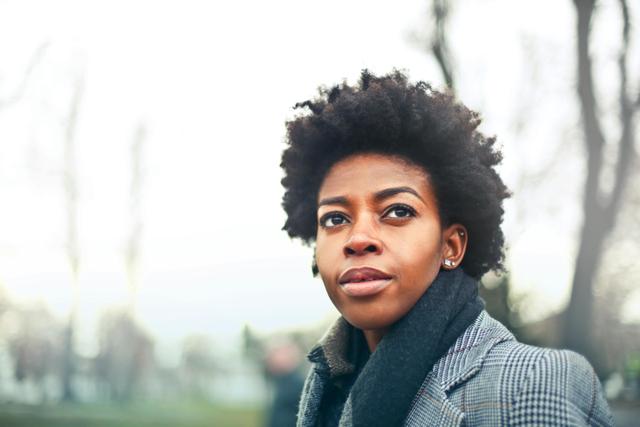
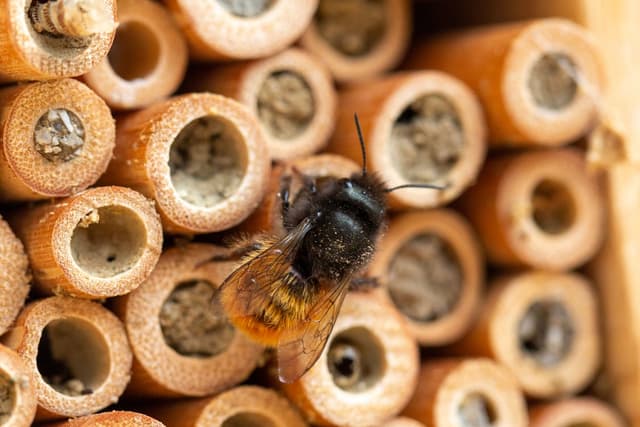
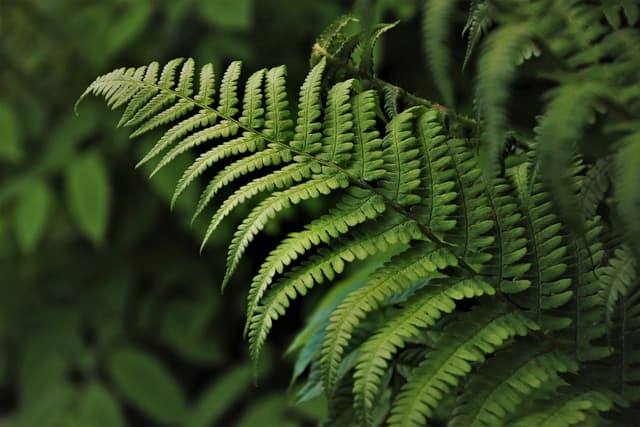
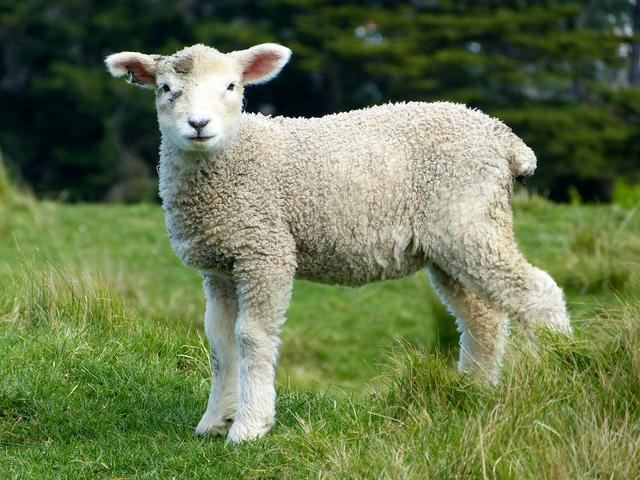
starch, for storage
fat, for storage
enzymes, to speed up chemical reactions




Exit quiz
6 Questions


